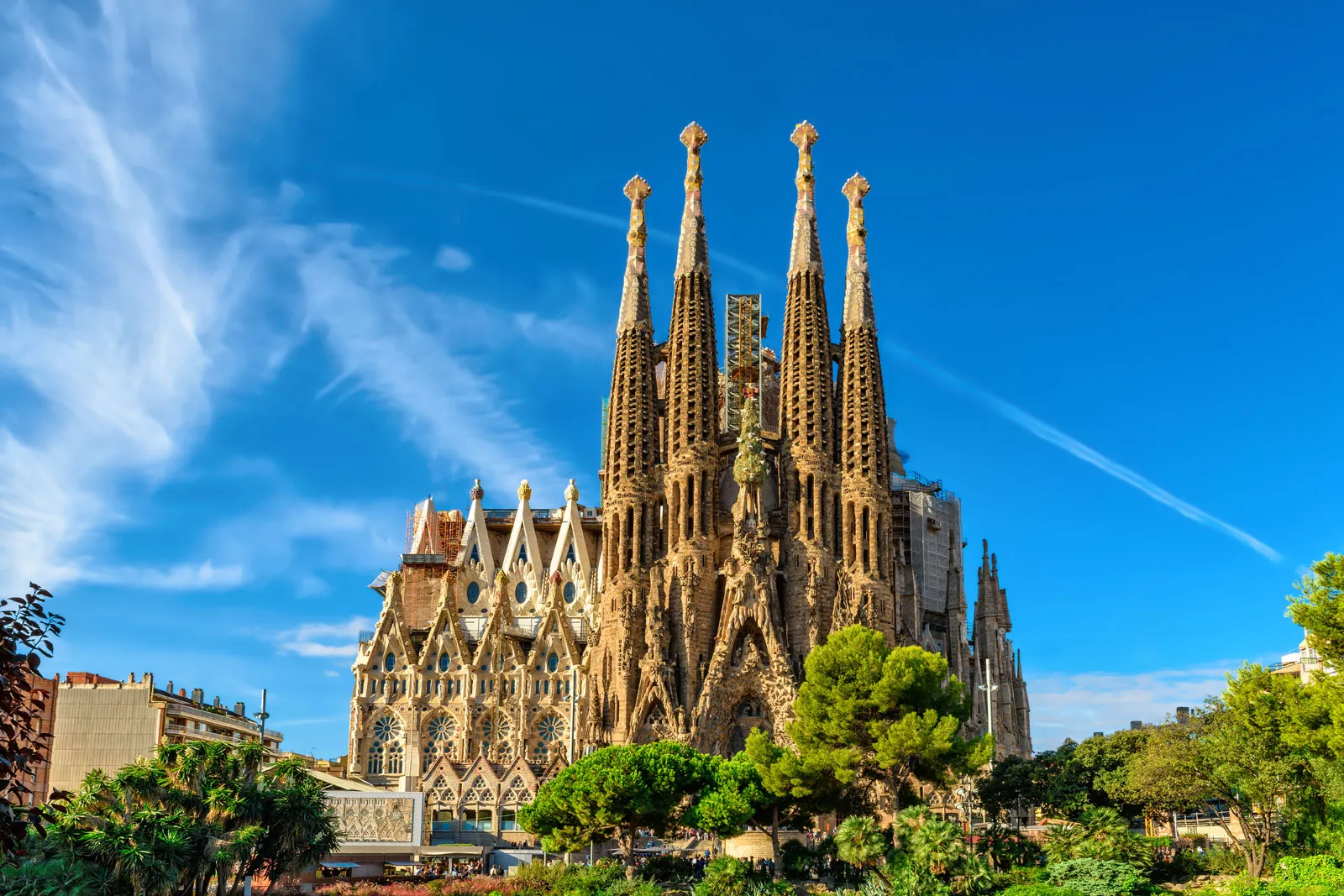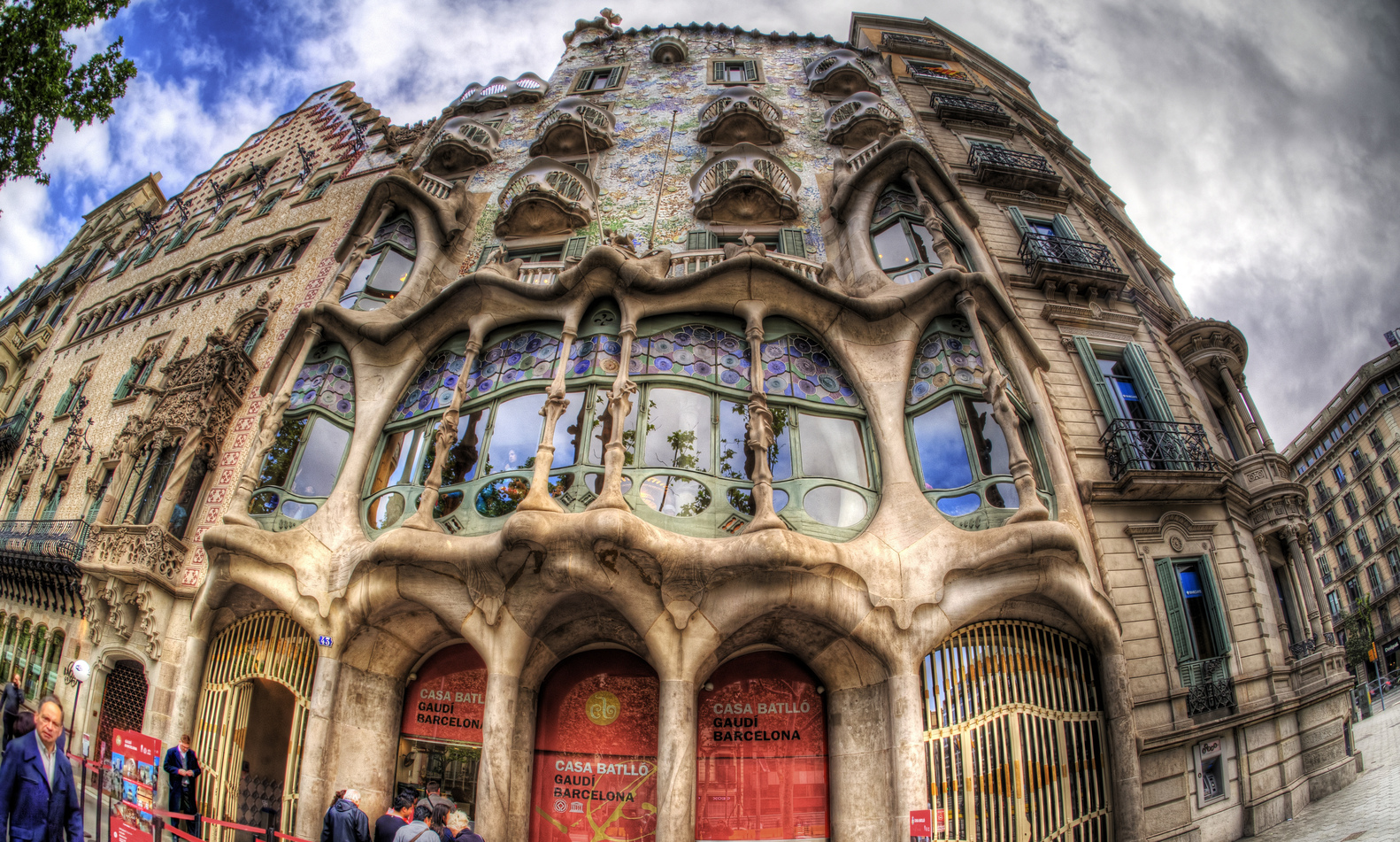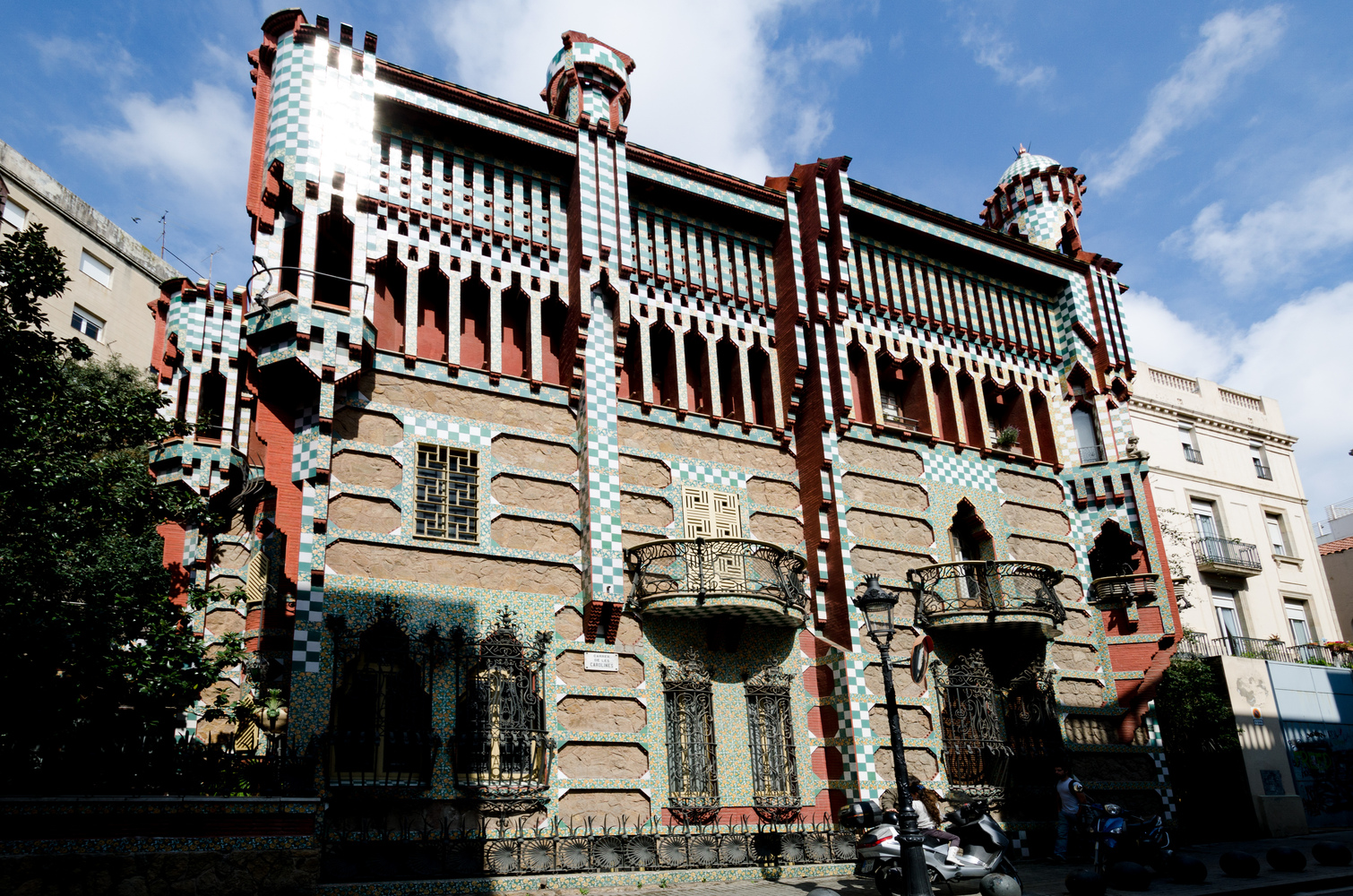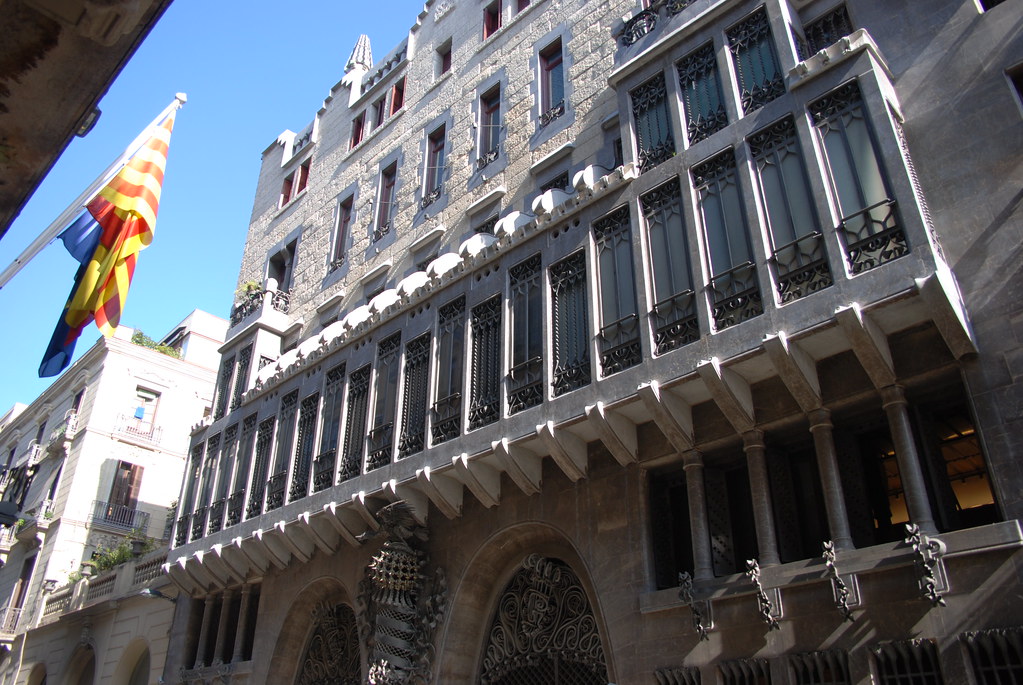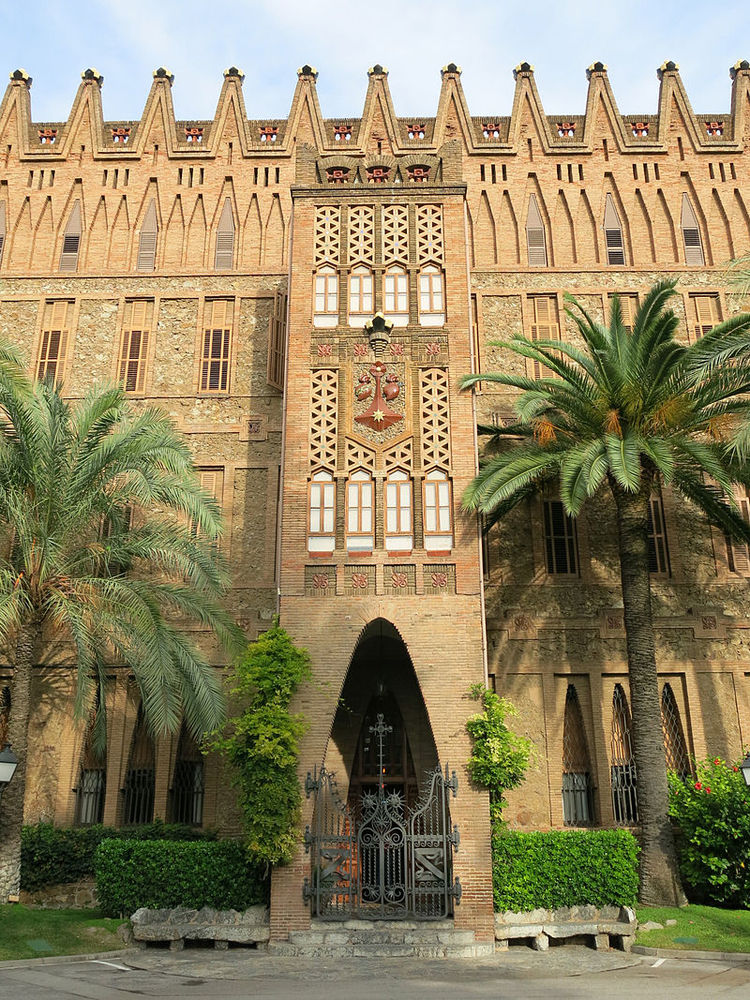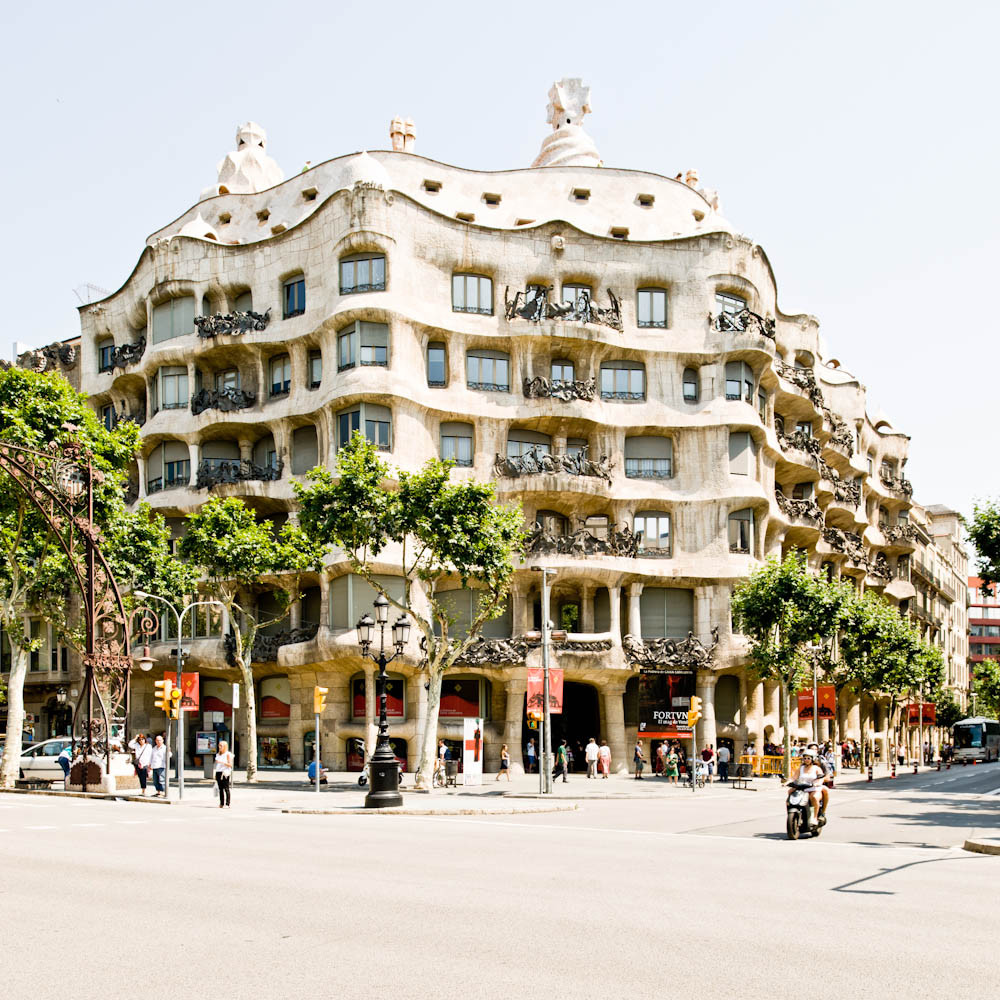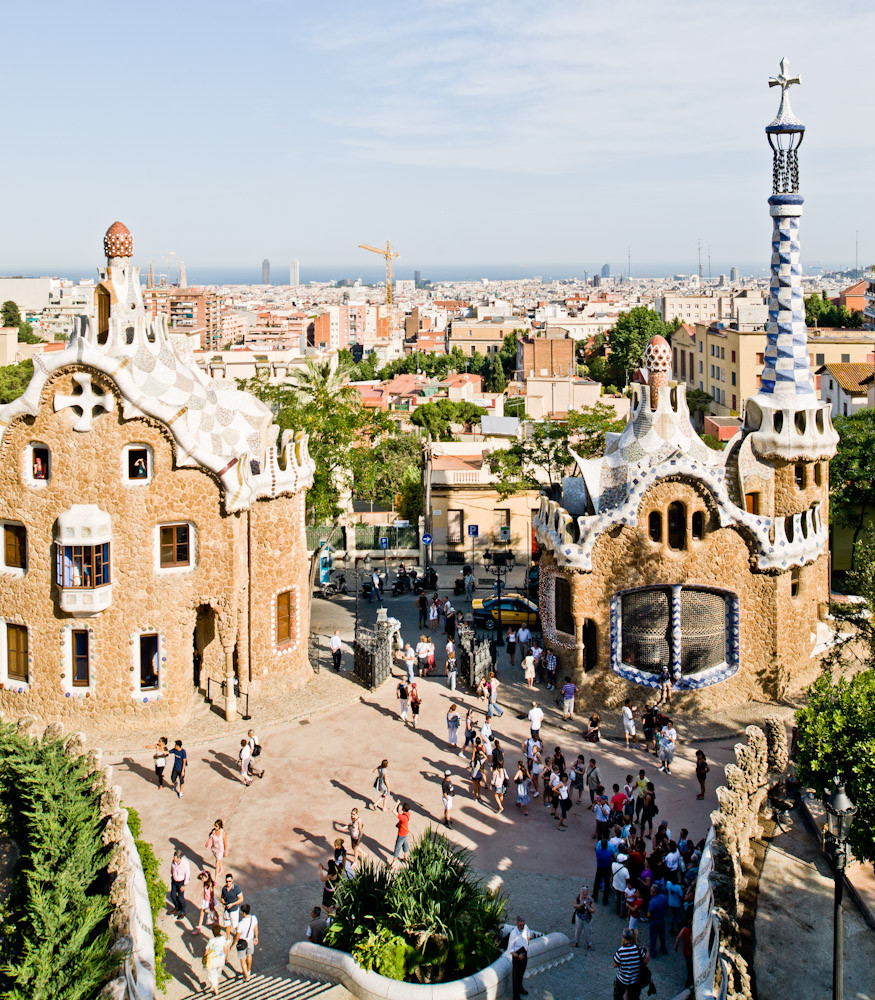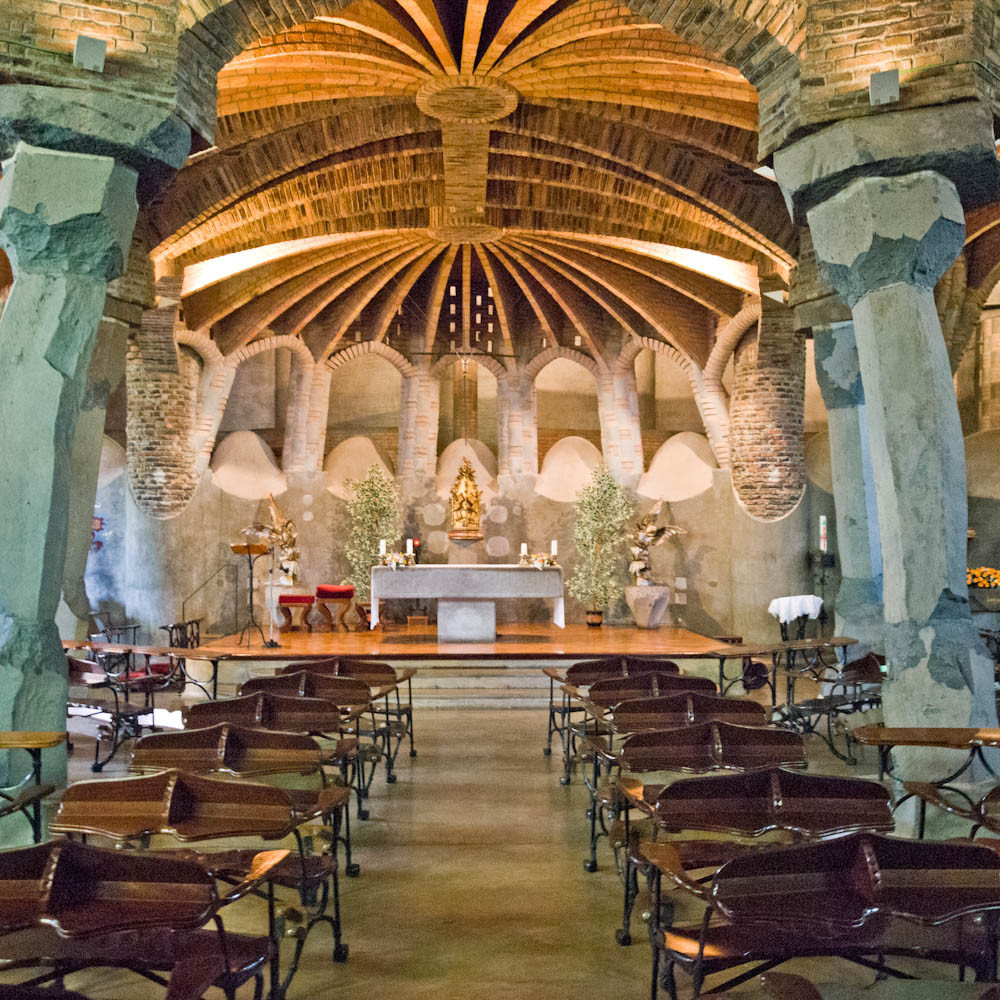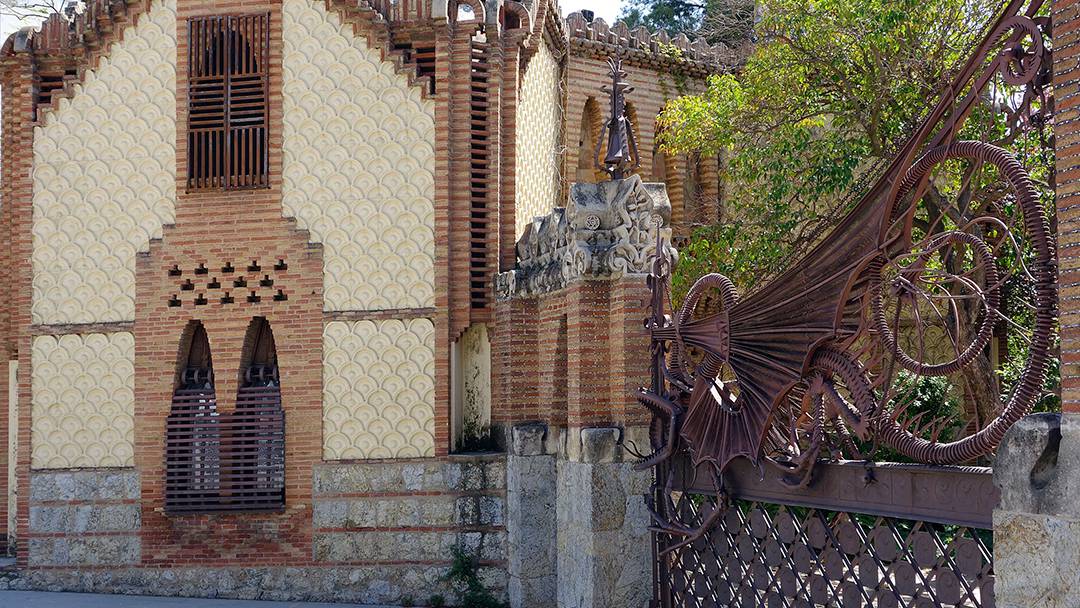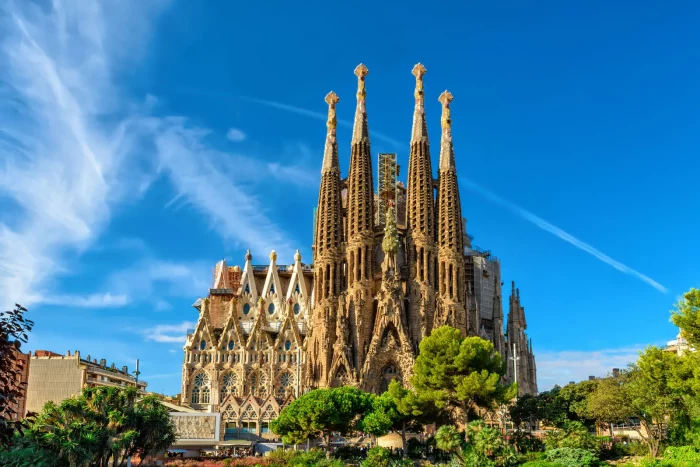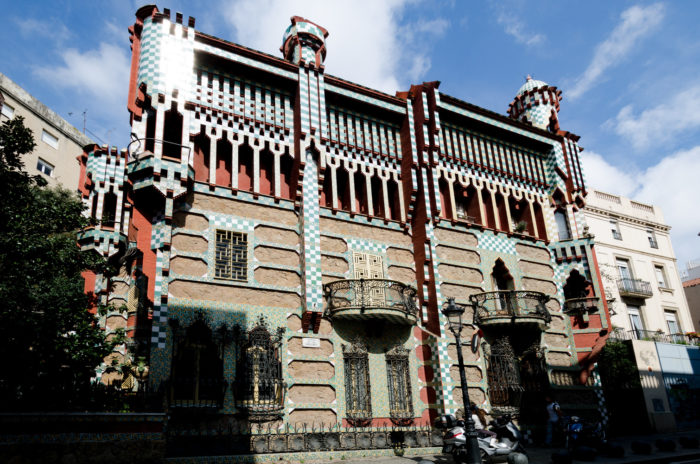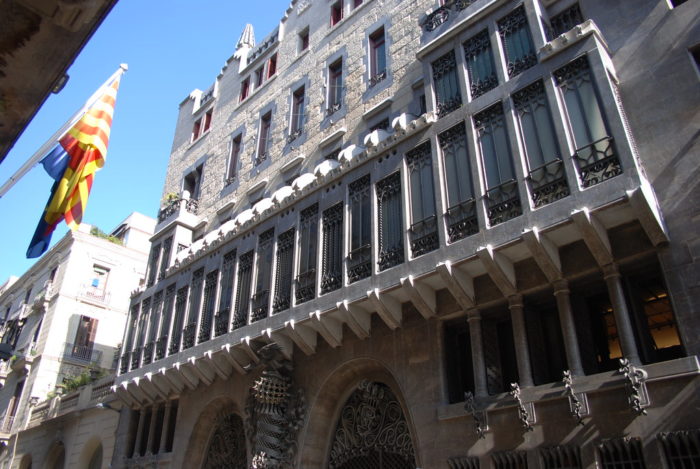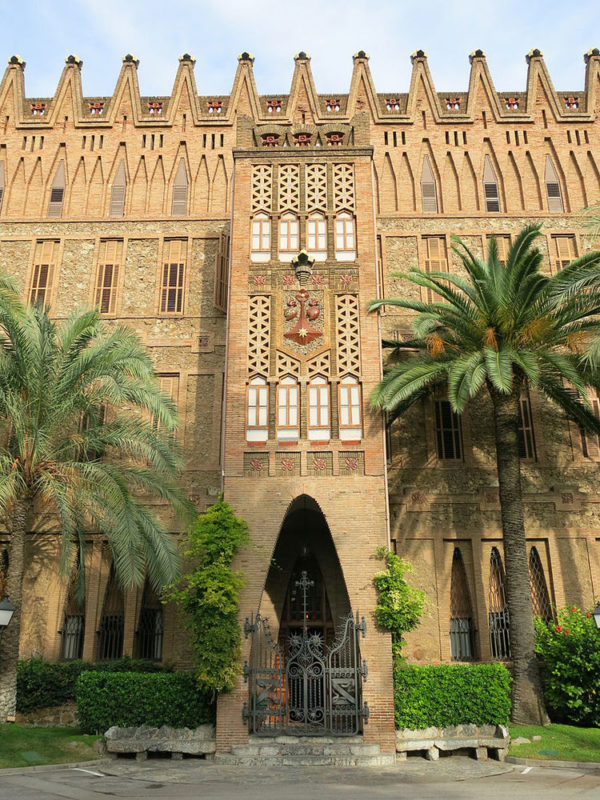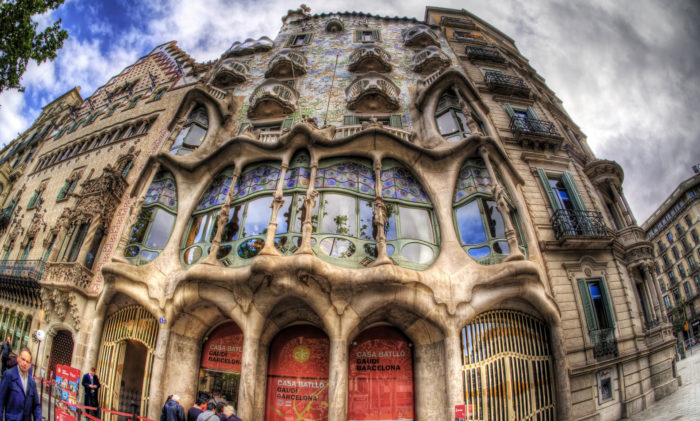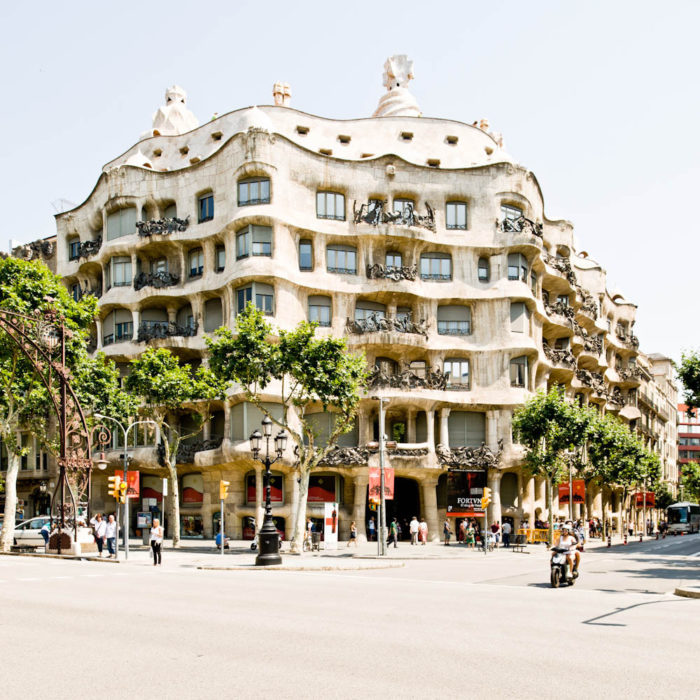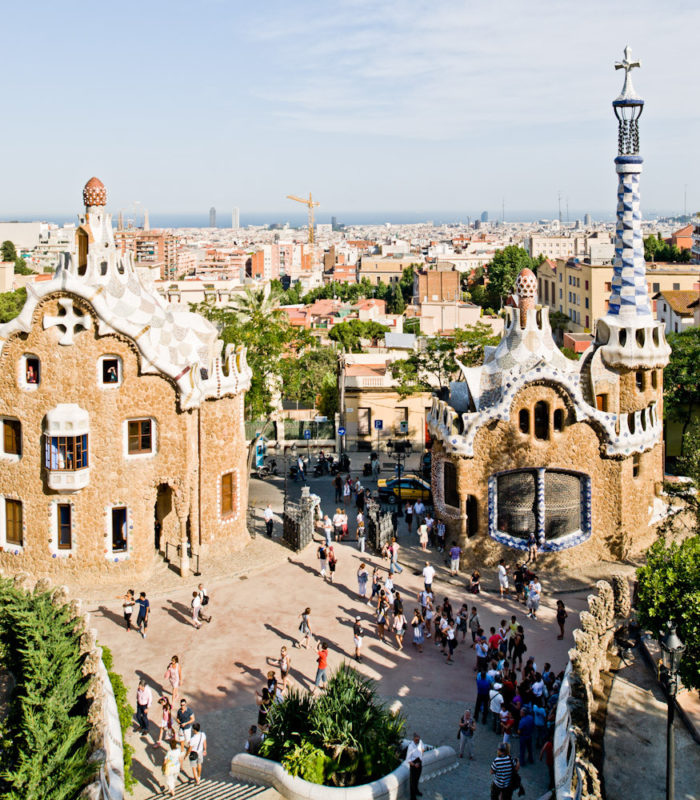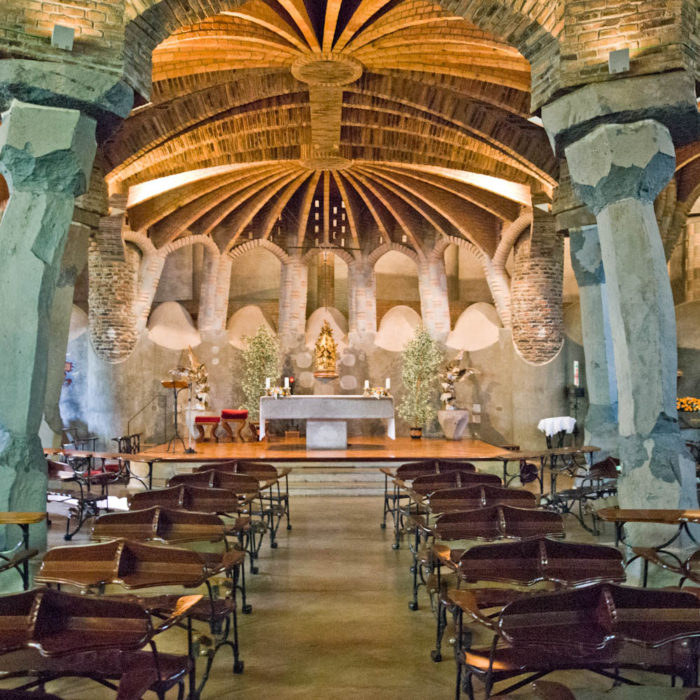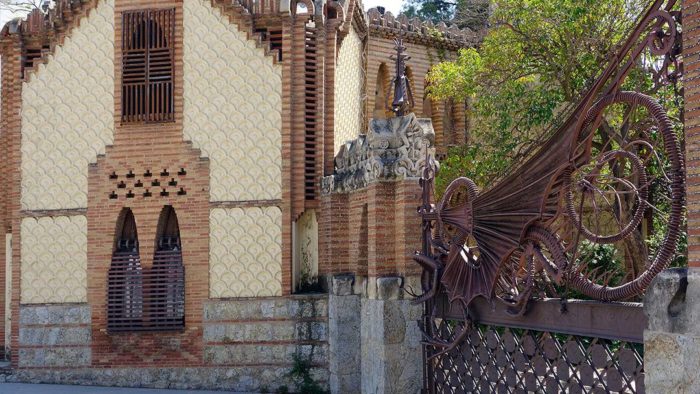Antoni Gaudí is an outstanding Spanish architect born in the mid-19th century. He studied architecture at the Llotja School and the Barcelona Higher School of Architecture and graduated in 1878. Antoni Gaudí isn’t only famous for his Interesting Sagrada Familia; the renowned architect built other masterpieces!
What is Gaudí Most Famous For?
His passion for nature and architecture drove him down the path of the unique individual style he is famous for. Being a devoted Catholic, he dedicated many years to producing the Sagrada Familia basilica. The Spanish Cardinal Francesco Ragonesi called him the “Dante” of architecture for his impressive work in the Cathedral.
Sagrada Familia has been under construction for over a hundred years and receives millions of visitors yearly. However, Gaudi has several other works in Barcelona that one cannot miss if one visits the Catalonian city. We have categorized some of them based on the architect’s career phases.
The Career Phases of Antoni Gaudí:
1. Orientalist period (Early Career)
This is the period where he got inspiration from the cultures of the Far East and the Middle East. His use of ceramics, Moorish columns, arches, and domes are characteristic features of his early style.
- Location: Carrer de les Carolines, 20-26, 08012 Barcelona
This is the primary building of Gaudi’s career. The architect designed the house for a wealthy family—in the line of ceramics manufacturing. The façade, as well as some rooms in the house, have Islamic architectural features. The façade also has incredible ceramic decorations.
-
Palau Guell (1886-1890)
- Location: Carrer Nou de la Rambla, 3-5, 08001 Barcelona
This is the house of an affluent Catalonian family named the “Gulls.” The head of the family, Eusebi Guell, wished to transform his old mansion into a unique piece of architecture. Eusebi had faith in the talent of the relatively young Antoni Gaudí.
Guests arriving at the palace would enter the grand iron gates in their horse carriages till they reached the stables. Those iron gates mark the façade, which shows little ornamentation, unlike Gaudi’s prominent style. As for the inside, the main living room features a unique parabolic dome. Also, the lounge’s ceiling has perforations that offer the residents a planetarium-like experience during the day.
2. Neo-Gothic Period
Medieval Gothic art inspired Gaudi in the late 1880s, but he introduced to it some structural modifications. He removed buttresses by using ruled surfaces and eliminated crenellations and extensive openwork.
-
Teresian College or Collegi de les Teresianes (1888-1889)
- Location: C/ de Ganduxer, 85, 103, 08022 Barcelona
The religious school was under the order of Saint Teresa. The tight budget and the sacred vows of poverty were behind the superficial appearance of the building. Gaudi used brick on the exterior and occasionally in the building’s interior. The interior is set around a longitudinal axis, where a grand main corridor exists on the lower level to allow the smooth flow of students into the rooms. A succession of parabolic arches binds the passage.
3. Naturalist Period
The distinct organic style of Gaudi started during this period. His profound knowledge of ruled geometry enabled him to create novel structural solutions and evade classicism. He also exhibited a decorative style evident in his buildings’ volumes and shapes.
-
Casa Calvet (1898-1900)
- Location: Carrer Sant Marc, 57, 08253 Barcelona
Gaudi designed this house for the Calvets, a prominent name in the field of textile manufacturing back then. The façade has sculptural ornaments inspired by the baroque style, and the terraces are precedents in shape to what Gaudi would design later on for Casa Batllo. The building is topped with statues of the Calvet’s Saints, Saint Peter, and San Genis.
-
Casa Batllo (1904)
- Location: Pg. de Gràcia, 43, 08007 Barcelona
This masterpiece of house results from the repairs Gaudi has done to the old residence of Josep Batllo l Casanovas, who was in the textile industry. The City Council of Barcelona chose this house as one of the city’s three top buildings in 1906. The building’s appearance depicts the lance of Saint George stabbing a dragon’s back. Gaudi included forged iron, stone, and ceramics in his design.
4. Final Period
This is the peak of Gaudi’s career, featuring an enhanced version of his organic style. He applied all the knowledge he had learned from his previous projects to Sagrada Familia—the unfinished project to this day. He reached perfection by combining function, form, aesthetics, and functionality.
- Location: C/ de Mallorca, 401, 08013 Barcelona
Private donations sponsored the construction of this grand basilica. However, the construction process was intermittent due to the Spanish Civil War. The architecture of the Sagrada Familia brings religion, man, and nature to a perfect state of harmony. The sculptural façade is mesmerizing, and the high towers offer a terrific view of Barcelona.
Antoni Gaudi’s Other Iconic Structures
- Casa Milá ( 1906-1912)
- Location: Pg. de Gràcia, 92, 08008 Barcelona
Antoni Gaudi’s Casa Milà, with its curvilinear façade and surreal sculpted top, looks more natural than manufactured, like it was hewn out of the earth. Spanish Art Nouveau (Modernismo) inspired this structure, the quarry known as La Pedera.
- Parc Güell (1900-1914)
- Location: 08024 Barcelona
Count Eusebi Güell commissioned Antoni Gaud to create Parc Güell so that Barcelona’s upper class could enjoy a luxurious outdoor space. Only two display homes were built from the Count’s original proposal for a residential project that would take complete pleasure in the area’s views and fresh air.
One of them, built in 1904 and created by architect Francesc Berenguer, was home to Gaud himself. The house has been converted into a museum displaying Gaud’s accomplishments. The park’s terrace and entryway, accompanied by two Gaud buildings, make it a popular destination for visitors to Barcelona.
- Colonia Güell (1898-1915)
Location: Calle Claudi Güell, Santa Coloma de Cervelló, Barcelona
Santa Coloma de Cervelló, now an urban area of about 7,000 people 20 kilometers outside of Barcelona, was the site of the former workers’ colony, Colònia Güell. Around the beginning of the twentieth century, the area transformed into a thriving industrial district. Count Eusebi de Güell, who sought to accommodate the expanding suburb’s religious needs, commissioned Antoni Gaudi to design and construct a church there in 1898.
Due to financial difficulties, the funds never materialized to finish the project. Only the vault was finished when construction halted in 1915, but it was still designated a UNESCO World Heritage Site. While restoring it in 2002, architect Antonio González Moreno came under fire for supposedly mishandling Gaudi’s original design.
- El Drac de Gaudí at Finca (1884-1887)
Location: Av. de Pedralbes, 7, 08034 Barcelona
You may have heard the word Güell thrown around a lot. Eusebi Güell was a wealthy industrialist who gave Gaudi numerous architectural commissions. Between 1884 and 1887, Gaudi remodeled a home within the Güell pavilions and created a wall to enclose the land. The work is most famous for its dragon entrance, modeled after the legendary beast that guarded the Garden of Hesperides.
FAQS:
Why did Antoni Gaudi build the Sagrada Familia?
Although Antoni Gaudi is often given credit for designing the Sagrada Familia, Josep Maria Bocabella, the creator of the Spiritual Association of Devotees of St. John, had the idea for the Basilica. Following his 1872 trip to Italy, he became determined to carry out the Loreto Basilica in his own country.
How many buildings has Antoni Gaudi built?
Even though the Sagrada Familia, Casa Batlló, and Park Güell are the most well-known of Gaudi's designs, he was responsible for many more. There are at least fourteen Gaudi structures in Barcelona alone that you must see.
Also, he did much more than create buildings. The Gaudi journey of Barcelona will take visitors to lampposts, parks, and even floor tiles designed by the architect.
Where are Antoni Gaudi buildings?
Seven structures designed by Antoni Gaud (1852-1926) can be found in and around Barcelona and are collectively known as "The Works of Antoni Gaudi."
How many churches did Antonio Gaudi build?
The only two Antoni Gaudi-designed Churches are La Sagrada Familia and the Church of Colonia Güell.
